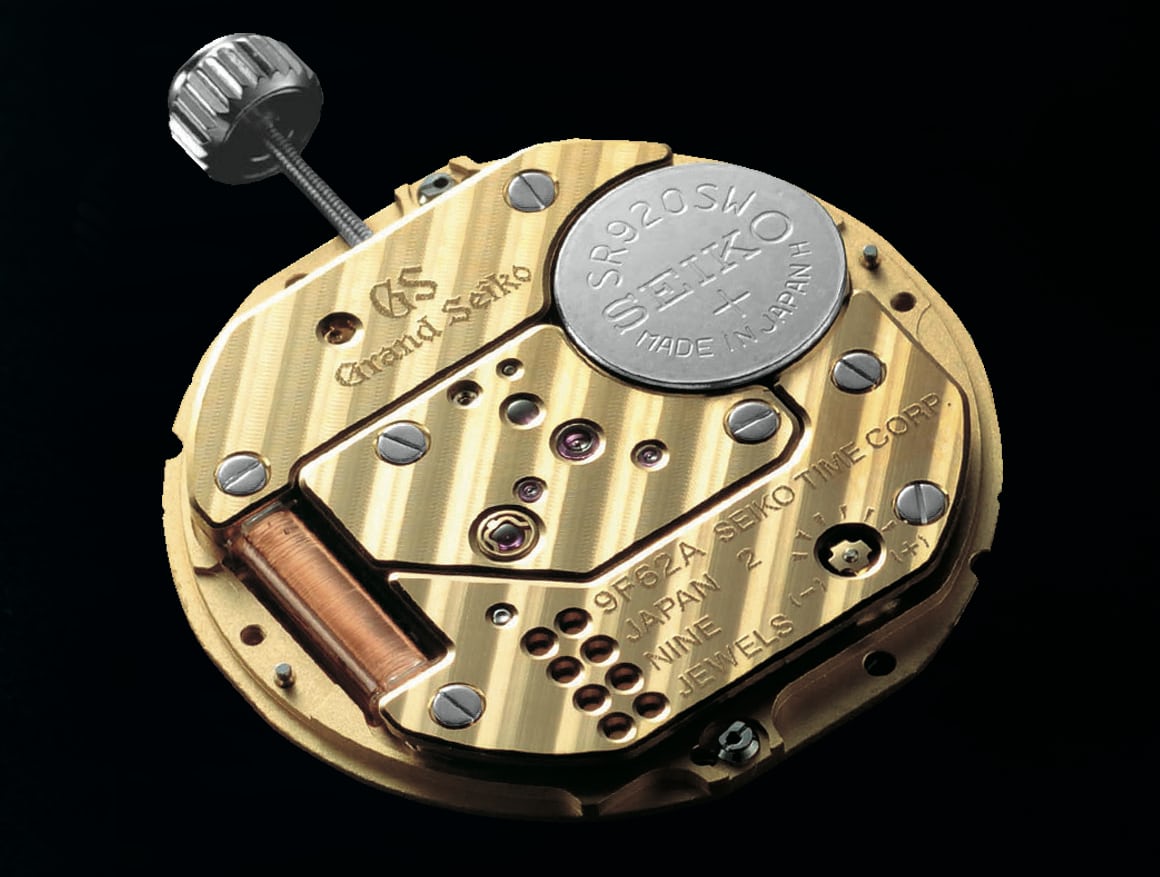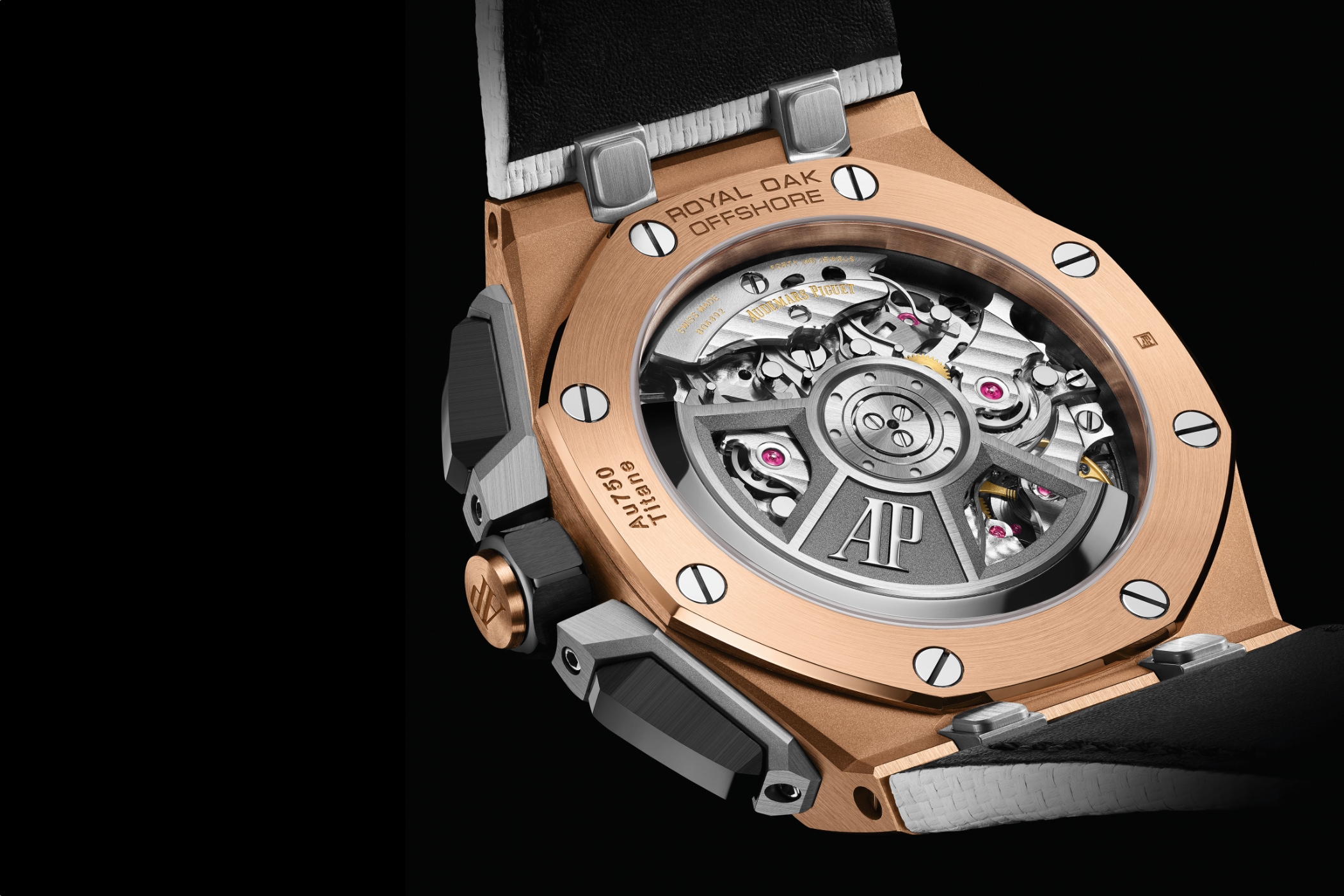In today's world, leasing or financing is the go-to method for purchasing luxury cars. In fact,...
Understanding Watch Movements: Quartz vs. Mechanical vs. Automatic
The movement of a watch is its beating heart, driving its functionality and defining its character. When considering a luxury timepiece, understanding the differences between quartz, mechanical, and automatic movements is crucial. These distinctions go beyond mere functionality—they reflect the craftsmanship, history, and artistry of horology.
Quartz Movement: Precision and Practicality
Quartz watches operate using a battery and a quartz crystal. The battery sends an electrical current through the crystal, causing it to vibrate at a precise frequency, which regulates the movement of the watch hands.
Advantages:
- Accuracy: Quartz movements are incredibly accurate, deviating only a few seconds per month.
- Low Maintenance: Aside from occasional battery replacements, they require minimal upkeep.
- Affordability: Generally, quartz watches are more accessible than their mechanical counterparts, making them a practical choice for everyday wear.
However, quartz watches lack the artisanal craftsmanship associated with mechanical or automatic timepieces. For purists, this can make them less desirable as collectibles.

The Grand Seiko Caliber 9F62 quartz movement. Image source: Hodinkee
Mechanical Movement: A Tribute to Tradition
Mechanical watches are powered by a mainspring, which must be wound manually to store energy. This stored energy is released gradually to power the intricate gears and springs that move the watch hands.
Advantages:
- Craftsmanship: Mechanical watches often feature elaborate, hand-assembled movements that showcase the artistry of watchmaking.
- Durability: With proper care, mechanical watches can last for generations.
- Heritage: Many luxury brands, such as Patek Philippe and Vacheron Constantin, specialize in mechanical movements that reflect centuries of horological tradition.
On the downside, they require regular winding and careful handling to maintain their accuracy.

The Caliber 3861 mechanical movement by Omega is used in the iconic Moonwatch. Image source: Omega
Automatic Movement: The Best of Both Worlds
Automatic watches, a subset of mechanical watches, feature a self-winding mechanism powered by the wearer’s wrist movements. A rotor inside the watch rotates as the wearer moves, winding the mainspring.
Advantages:
- Convenience: No need for manual winding as long as the watch is worn regularly.
- Craftsmanship Meets Practicality: Like mechanical watches, automatics offer intricate designs but with added ease of use.
- Iconic Models: Timepieces like the Rolex Submariner and Omega Seamaster feature automatic movements, solidifying their status as horological icons.
However, automatic watches are generally more expensive than quartz options and require regular servicing to maintain optimal performance.

Image source: Audemars Piguet
Which Movement Suits You?
Your choice depends on your priorities:
- Quartz watches are ideal for precision and low maintenance.
- Mechanical watches are perfect for enthusiasts who appreciate craftsmanship and tradition.
- Automatic watches strike a balance between artistry and convenience.
By understanding these differences, you can choose a timepiece that aligns with your style, needs, and appreciation for horological art.




-2.png?height=200&name=Email%20Hero%20(2)-2.png)
